Context
Web-based smoking prevention programs, such as A Smoking Prevention Interactive Experience (ASPIRE), have proven effective among young people in high-income settings. However, evidence of their effectiveness in low- and middle-income settings is sparse, particularly in Central and Eastern Europe, where adolescent smoking rates are high. This study examined the effects of ASPIRA (the acronym for the Romanian version of ASPIRE) on cigarette smoking among ninth graders in Târgu Mureș, Romania.
Intervention
ASPIRE, originally designed for American adolescents, was adapted to the local Romanian setting. The online program includes five educational modules lasting 45-50 minutes and featuring animations, videos, and interactive activities on the consequences of smoking and tips to quit or resist smoking. Participants received one module each week over five weeks (from November to December 2014) and completed a booster session six months later. The program was made available in the schools’ computer labs, where research assistants could help the participants.
Evaluation
Design: Eligible schools were randomly assigned to the intervention or control group (cluster randomized controlled trial). Students completed a baseline questionnaire a week before the intervention and a follow-up questionnaire six months later, when there were five months left in the study. Data collection was web-based, administered in school computers with the supervision of research staff. The key outcomes for the evaluation were (a) smoking initiation among students who reported never having smoked at baseline and (b) current smoker status among students who had only experimented or were not current smokers at baseline. Students were asked whether they had ever smoked cigarettes and how many times they had smoked in the last 30 days. They were then categorized as never-smokers, experimenters and non-current smokers, and current smokers.
Sample: All 16 high schools in Târgu Mureș were recruited for the study, and all ninth graders were eligible. Eight schools (1,038 students) were assigned to the intervention group and another eight (964 students) to the control group. Some students dropped out (reasons included incomplete assessments, loss of interest, and relocation), resulting in an analytical sample of 675 (65%) students in the intervention group and 694 (72%) in the control group. The average age of the sample was 14.9, with slightly over half (54%) female. Almost half (48%) of the students reported ever having tried smoking, and one in five were considered current smokers.
Results
Six months into the study, never smokers in the intervention group were 35% less likely to start smoking than their control counterparts. Students who completed at least 75% of the intervention were less likely to start smoking than those who did not receive the intervention at all, whereas students who completed less of the intervention did not have different smoking behaviors than those who were not exposed to ASPIRE. No significant effect was observed on whether students became current smokers at the six-month follow-up.
Limitations: First, not enough participants were considered current smokers for the analysis to be able to detect a difference between the two groups. Second, the sample was drawn from a single city, limiting the generalizability of the results to other settings. Third, the study relied on self-reported smoking behavior, which was not verified using more objective measures.
Conclusion
Despite an inability to ascertain the effects of the ASPIRE intervention among Romanian youth who were current smokers, the authors were able to demonstrate the effectiveness in preventing smoking initiation among non-users. These successes follow similar results from the United States and elsewhere. With growing technology access in Central and Eastern Europe, web-based interventions such as ASPIRE are promising for promoting positive health behaviors and lifestyles. Further, the ease of implementation makes these interventions ideal for scale-up.


